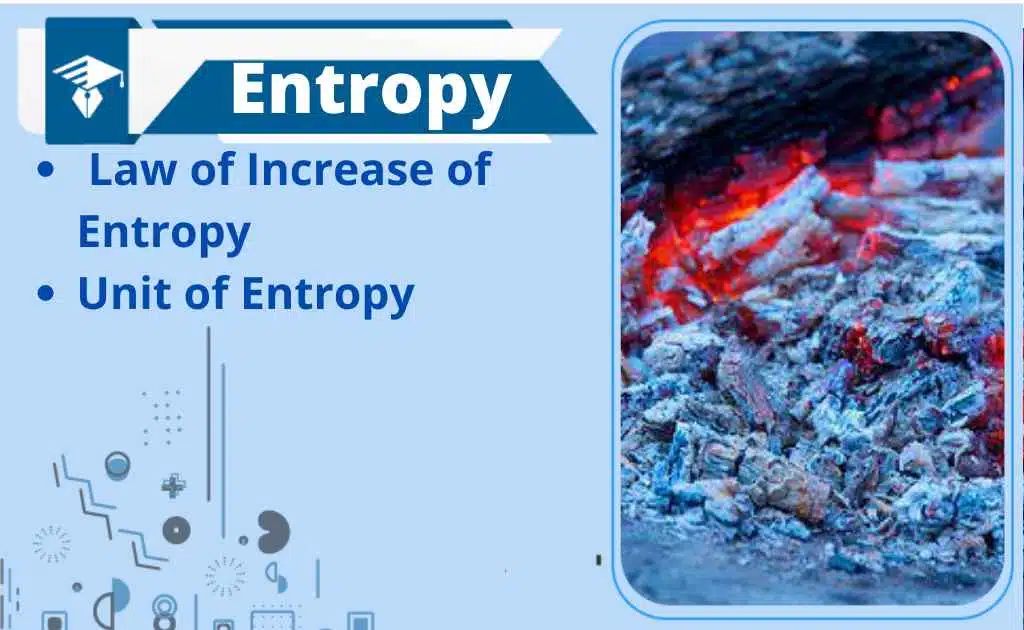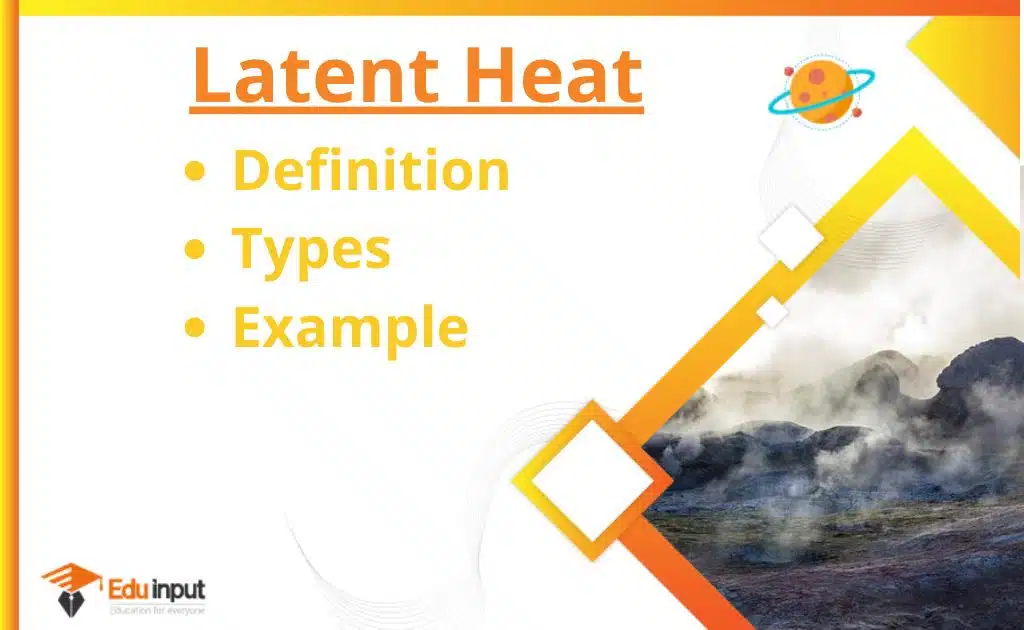What is Enthalpy?-Definition, Formula, And Physical Properties
Enthalpy is the amount of energy contained in a substance. It is measured in joules (J) and is equal to the internal energy of a substance plus its temperature times the change in volume of the substance.
What is Enthalpy?
Enthalpy is the energy of an object which is associated with its disorder and is connected to the amount of heat that is lost when it changes state. it is the opposite of entropy.
Entropy is the property of an object which has a random or chaotic behavior. So, if something is in a disorganized state then it has high entropy and if it is organized and ordered then it has low entropy. The main reason behind this phenomenon is that heat is transferred from a system to the surroundings. So, if the heat transfer increases then the entropy of the system increases, but on the other hand, if the heat transfer decreases the the entropy of the system decreases.
This phenomenon is also known as the second law of thermodynamics. There are many other laws that have been developed in the field of thermodynamics.
The law states that the change in internal energy is the same as the change in the heat transferred to the system. The enthalpy change is equal to the heat that is transferred to the system if the only work done is a change of volume at constant pressure.
The amount of energy needed to change material from a liquid to a gas is called the enthalpy and is expressed in units of joules per mole. Other phase transitions have the same associated enthalpy changes as fusion for changes from a solid to a liquid. It’s not necessary to determine absolute values of enthalpy as it is with other energy functions. The zero-enthalpy state can be used as a reference state for each substance.
Enthalpy formula
The sum of internal energy and the product of pressure and volume is referred to as the enthalpy H.
H = U + PV
Physical Properties
These are some physical properties of enthalpy
Enthalpy of fusion
To change the state of one mole of a substance from solid to liquid requires an enthalpy change that is called the enthalpy of fusion.
Enthalpy of vaporization
To completely change the state of one mole of a substance from liquid to gas, the enthalpy change is necessary.
Enthalpy of sublimation
Defined as the enthalpy change required to completely change the state of one mole of a substance from solid to gas.
Lattice enthalpy
The amount of energy required to separate one mole of an ionic compound into a separated gaseous ion to an infinite distance apart is not a force of attraction.
Enthalpy of mixing
When mixing two non-reacting chemical substances, the enthalpy change is defined.







Leave a Reply